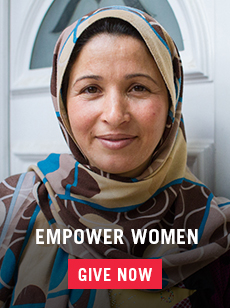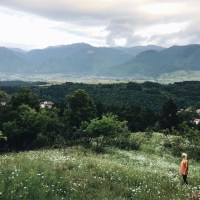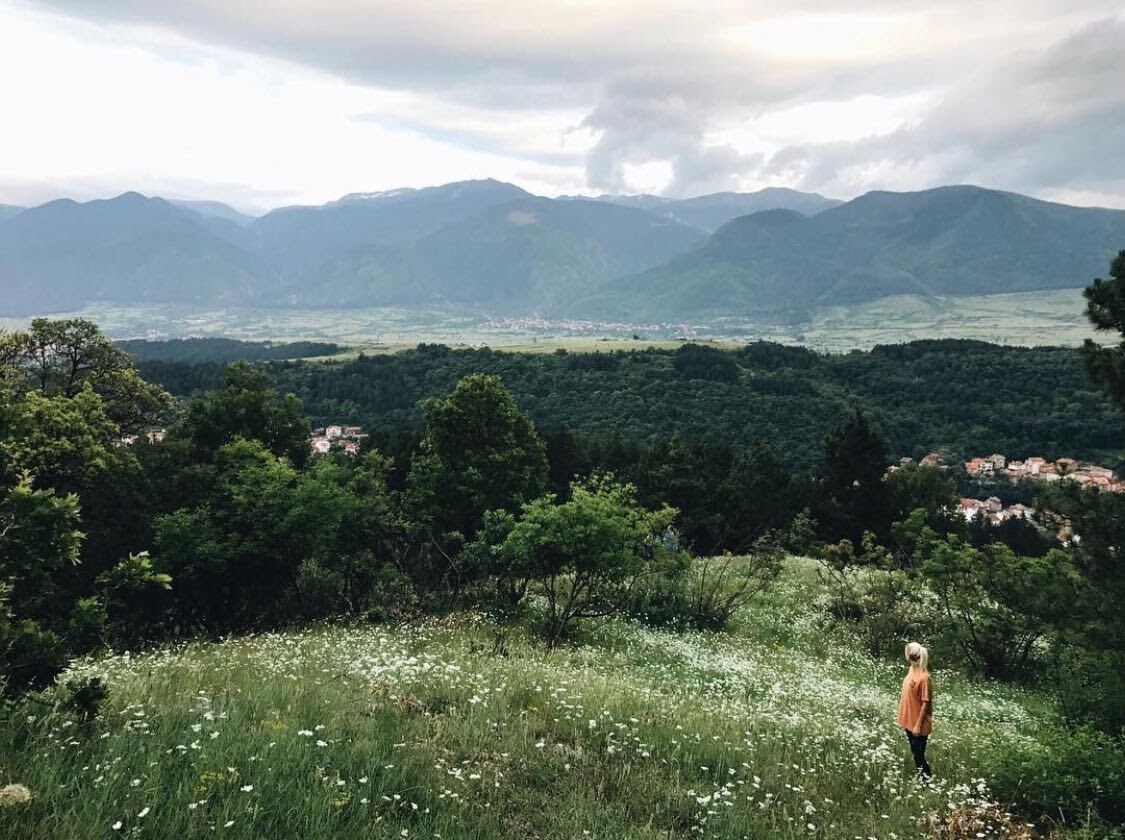Do you remember 9 weeks ago?
Before face masks and hand sanitizer? Before empty grocery shelves and distance learning? Before the news was filled with vaccine updates and dire economic stats and new infections and death tolls we only thought we’d see in wartime?
It’s easy to remember those days as idyllic by comparison.
We gathered with friends for dinner. We drove our kids to practices and activities. We volunteered at school. We chatted with coworkers in the hallway and stopped in grocery store aisles to say hi to a neighbor.
We had what we needed and we didn’t worry about what came next. Or so we thought.
But let’s also remember how we rushed from place to place, snapping at our kids to get their shoes on, to zip their coat, to get in the car.
How we ran out the door each morning, feeling already behind.
How we came home tired and frazzled and went to bed with a list of things running through our mind.
How we didn’t really know our neighbors and often forgot to check in with friends.
How our relationships were often reduced to just another tick on a to-do list.
Across oceans, refugees fled war and gang violence. They faced persecution and oppression. They went days without food. They didn’t know where their next meal would come from. They didn’t know when—or if—they would return home. They still face all these things.
But we didn’t think too much about all this as we moved through our days. We knew the world was broken and troubled, but there was always something next to get to. Another playdate, appointment, or task.
Our world was small and insular and ours.
And now we stand in the ragged middle of a pandemic that has flipped everything and rattled us to our core. We are tired to the bone. There is no certainty of what comes next, no reliable predictions of how this shakes out.
Nine weeks has felt like a year, and the months ahead hold little promise of a return to “normal” life.
But do we really want that life back?
Or can we hold it to the light and see it for what it was—beautiful, yes, but thin. Physically close, but distant from each other. A life scattered and run at a sprint. A life disconnected from our global neighbors.
And the life we’re in now, staying home, socially distancing, it’s hard, yes. But we can see the beauty in it, too. Time for family dinners and bike rides. And emotional rawness that gives us no choice but to be vulnerable and honest with our loved ones. Lower air pollution and cleaner water. An acute understanding that we really are all connected.
But our world is still fractured.

Vulnerable families in Venezuela that were hungry even before COVID-19 now go days without food.
ISIS is exploiting the pandemic to increase their attacks on communities in Iraq, while the world is distracted.
Black men and women—Ahmaud Arbery, Breonna Taylor, Sean Reed—continue to be gunned down because of the color of their skin. And white men draped in semi-automatic guns protest at government buildings.
After COVID-19, what life do we want for ourselves, for our family, for our world? A return to “normal,” overscheduled and distant? A world that was entirely ours?
Or will we create a new world, the one our hearts so desperately long for?
A world of inclusion and connection, relationship and intention. A world where we care about those starving in quarantine and the neighbor who lost their job. Where we step up to help others regardless of their religion, skin color, or political party.
Will we care for our environment, look toward sustainable solutions, be mindful of our consumption and our waste?
We’ve used our time to run or walk 2.23 miles for Ahmaud Arbery, but will we continue listening to the voices and stories of those who don’t look like us or believe like us? Will we continue speaking out against prejudice and oppression, educating ourselves, amplifying the voices of the marginalized above those of the majority? Will we consider how COVID-19 has exposed racial inequality when it comes to healthcare, income, living environment, and security? Will we let these injustices persist?
Our world after COVID-19 can be the more beautiful world we all want. It won’t be perfect. There will be injustice and violence, political divides and hateful speech. But we can change.
We can create a different world. But we have to choose it, one step at a time. Big steps and little steps. To care more thoughtfully for the earth. To dismantle systems that trap people in oppression.
To expand our circles to center those on the margins. To care for those whose lives won’t just go back to “normal” once the pandemic is over. To work not just to heal the wounds of this crisis, but to stop the next crisis—whether it’s war, disease, or division—before it starts.
The more beautiful world is out there. But it starts with us. At dinner tables and over fences. Speaking up instead of going along. Stepping forward, stepping up. It’s lifting the voices of others and changing the rhetoric. It’s admitting what we don’t know and always looking to learn more.
It’s in our bones, our blood, our breath. And out of us, the new world is born.


